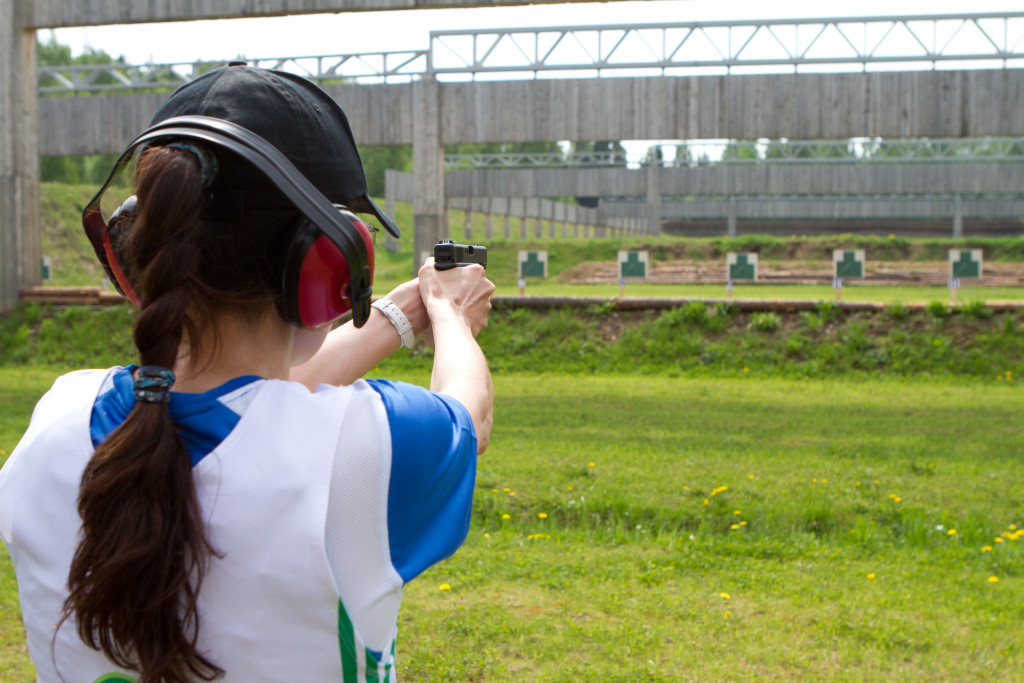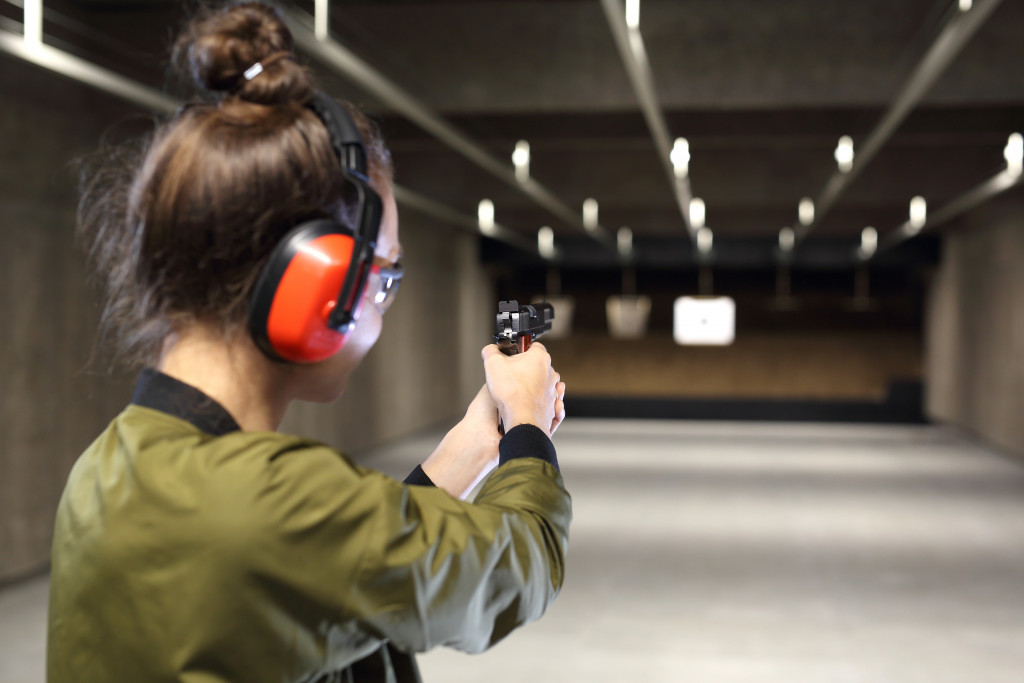Gun enthusiasts know there’s nothing like the satisfaction of firing off a few rounds at a target. But for some, the challenge is finding a place to do this safely and legally. If you’re looking for tips on setting up your firing range, you’ve come to the right place.
This article will cover the things you need to know about setting up a firing range, from finding the perfect location to following the necessary safety precautions. You’ll be ready to start shooting at your very own range by the time you finish reading.
Choose a safe and legal location.
Choosing a safe and legal location is essential when setting up a firing range. This means finding a spot far from populated areas and approved by the local authorities. Firing ranges should be set up to minimize the risk of accidents and keep people safe.
Some things to consider when choosing a location for a firing range include:
- Proximity to other buildings
- Size of the land
- Topography of the land
- Wind direction
- Access to water
- Local ordinances and regulations
Once you have found a suitable location, you will need to obtain any necessary permits or approvals from the local authorities. This is important to ensure that your firing range complies with all safety regulations. You will need to get permission from the landowner if you are not the property owner.
Design of the firing range
There are a few different designs that can be used for firing ranges, depending on the type of shooting that will be taking place. The most common designs are indoor firing ranges and outdoor firing ranges. Indoor ranges are typically found in commercial settings, while outdoor ranges can be found in rural and urban areas.
Indoor ranges typically have several different rooms for various shooting types, such as target practice, competitions, and training. The rooms are usually separated by walls or partitions to protect against ricochet bullets. Outdoor ranges can be either permanent or temporary. Permanent outdoor ranges are typically found at gun clubs or shooting ranges. In contrast, temporary outdoor ranges can be set up for special events, such as competitions.
When designing a firing range, it is crucial to consider the type of shooting that will be taking place. This will help determine the range’s size, layout, and features. For example, if the firing range will be used for target practice, it will need to be large enough to accommodate the targets. It will need to be designed with features that support competitive shooting, such as electronic scoring systems if the firing range is used for competitions.

Make sure an indoor firing range is adequately ventilated.
Proper ventilation is essential when shooting firearms because the fumes from gunpowder can be harmful. These fumes can build up without proper ventilation and create a dangerous environment.
There are a few ways to ventilate a firing range. One option is installing fans that circulate the air and remove the fumes. Another option is to open windows or doors to allow fresh and old air out.
Keep firearms and ammunition separate.
If firearms and ammunition are not kept separate, it increases the chances of an accidental discharge. When a firearm is discharged, the energy created by the explosion can cause the bullet to travel in any direction. The bullet could travel out of the gun if there is ammunition near the firearm and strike someone or something else.
Keeping firearms and ammunition separate is also vital because it can help prevent theft. If someone were to break into your home and see a firearm, they might be more likely to steal it if there is ammunition nearby. Keeping the two items separate makes it more difficult for thieves to take both products at once.
You should also look for a business offering firearms insurance if you plan to sell these products at the range. This type of insurance can help cover the cost of damages resulting from an accidental discharge.
Use proper backstops and target holders.
When setting up a firing range, it is essential to use proper backstops and target holders. This ensures that bullets and other projectiles are stopped safely and that the targets are held securely. Without proper backstops and target holders, there is a risk of injury or damage.
There are a variety of backstops and target holders available on the market. It is important to choose the right ones for the type of shooting that will be taking place. For example, if you are setting up a range for indoor use, you will need different backstops than if you are setting up a range for outdoor use.
With these tips in mind, you’ll be well on your way to setting up a firing range that is both safe and enjoyable.
